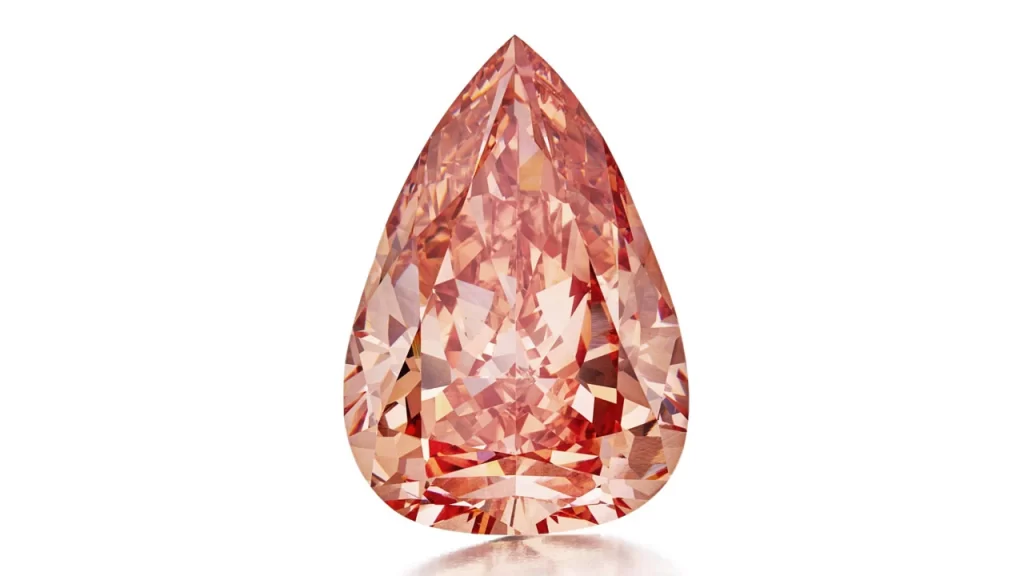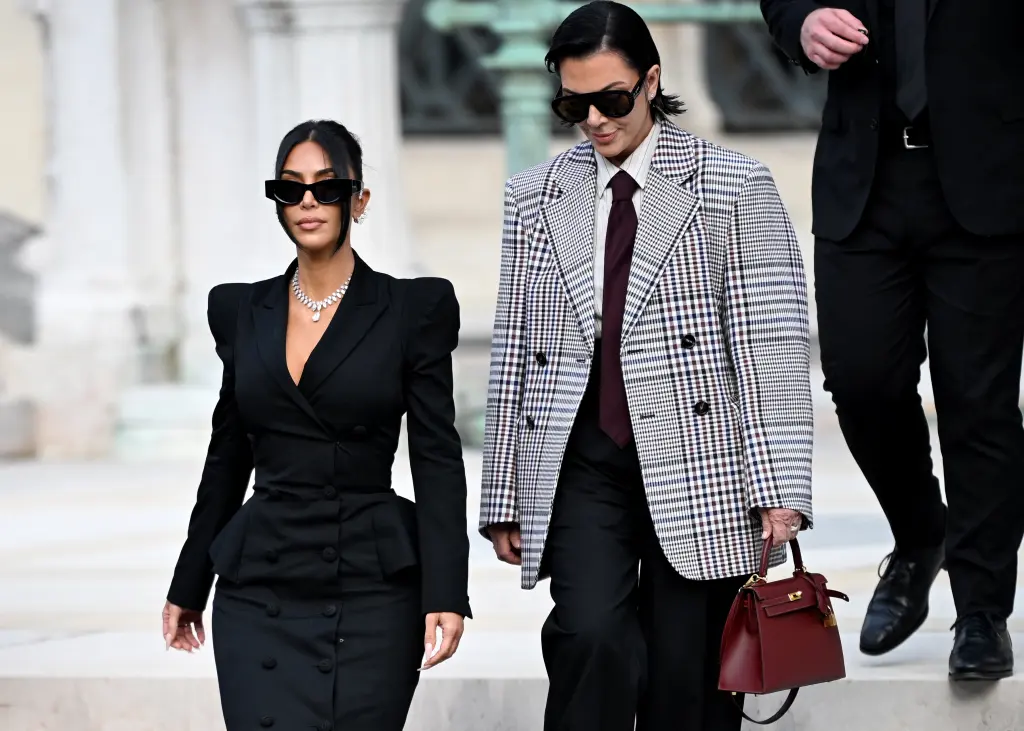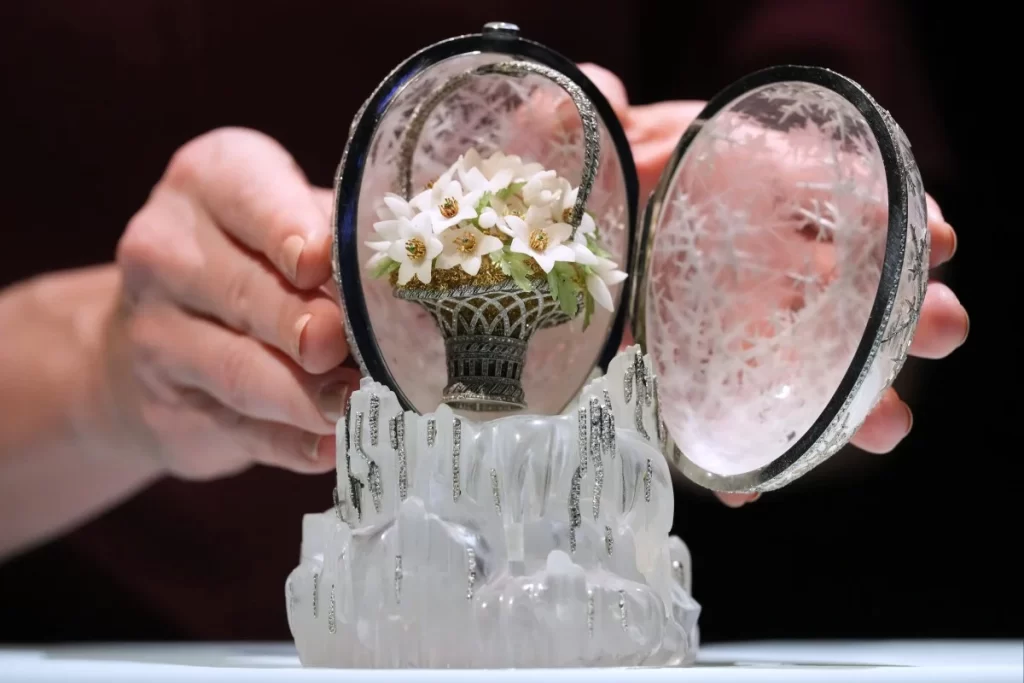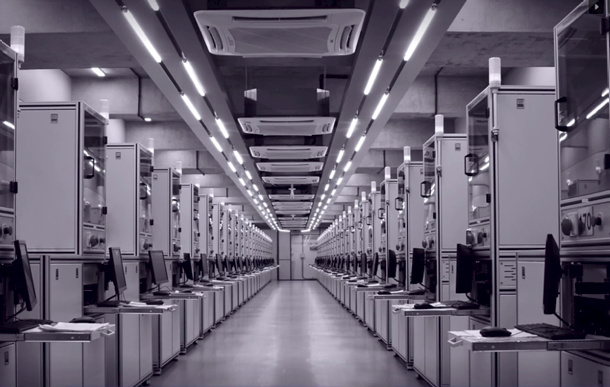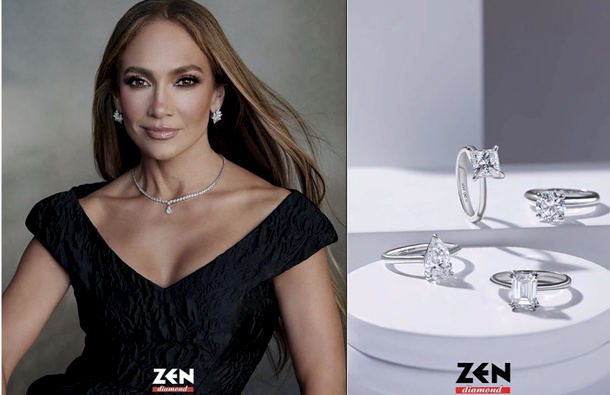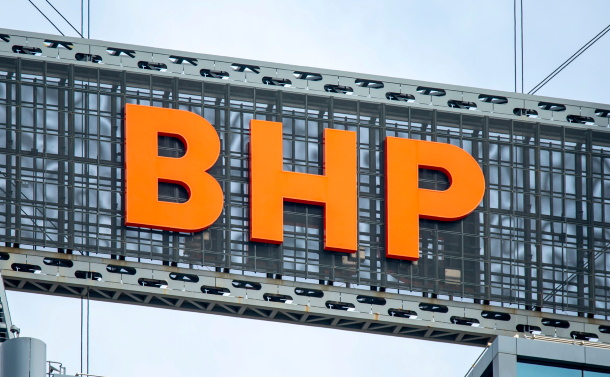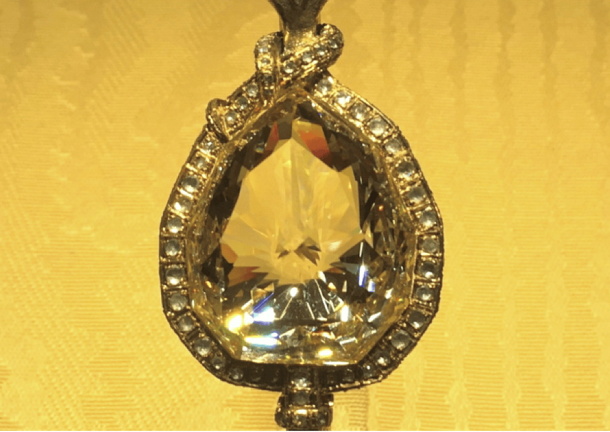
Austria has convened a panel of experts to assess whether the government has a legitimate claim to the 137.27-carat Florentine Diamond, which resurfaced last month after vanishing for a century.
The newly established Florentine Commission will examine whether the gem belongs to the Austrian state or remains the private property of the Habsburg family.
The diamond, set in a brooch, was taken to Switzerland in 1918, along with other royal jewels, as the Austro-Hungarian Empire collapsed and the imperial family fled into exile. Empress Zita, widow of Emperor Karl I, later deposited the collection in a bank vault in Quebec, Canada – an act kept secret for generations.
Only two of her sons, Robert and Rodolphe, were told of its location, under instructions that the hiding place must remain undisclosed for 100 years after Karl’s death in 1922.
With the diamond’s whereabouts finally revealed, the central question is who owns it.
The First Austrian Republic, created in 1919 after the fall of the monarchy, claimed all Habsburg assets under the Habsburg Law. However, it remains unclear whether that law extended to property already removed from Austrian territory.
The Florentine Commission held its first meeting last Thursday (4 December) and is expected to issue its findings by fall 2026. In a statement the Austrian government described the jewels as having been “taken from the treasury” and “taken abroad”.
The Habsburg family’s position depends on whether the diamonds can be proven to have been classified as personal possessions before the monarchy was abolished. Conversely, Austria must show that the Florentine Diamond was officially part of the state regalia—and that the 1919 law applied to items no longer inside Austria.
The family has said it does not plan to sell the Florentine Diamond, but intends for it to go on public display at a museum in Canada.
Source: IDEX

